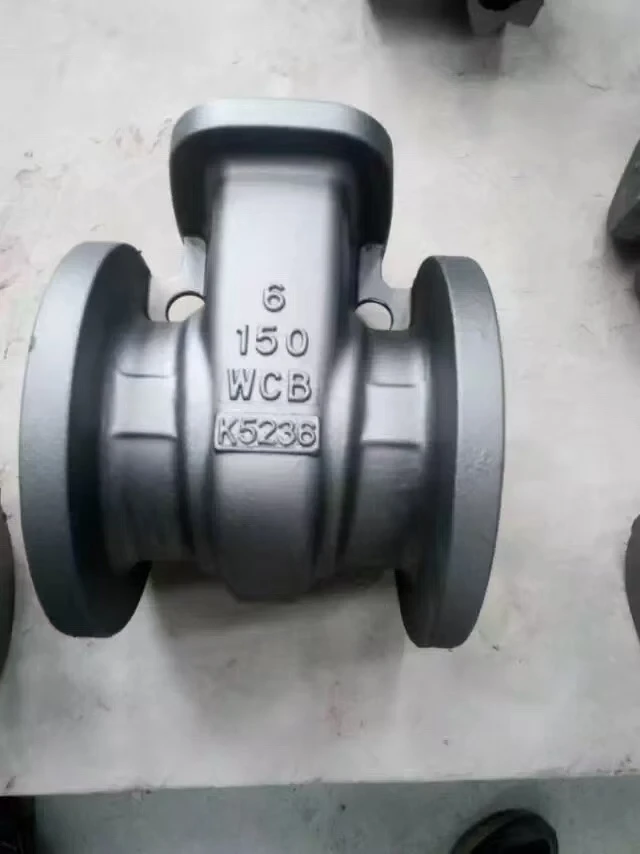High Volume Sand Casting An Efficient Solution for Mass Production
High volume sand casting is a manufacturing process widely used for producing large quantities of metal castings with high precision and excellent surface quality. This technique is particularly favored in industries where components must be produced in bulk, such as automotive, aerospace, and heavy machinery manufacturing. As an effective and cost-efficient method, high volume sand casting offers several advantages that make it a popular choice among manufacturers.
The process begins with creating a pattern, typically made from metal or hard plastic, which replicates the final product's shape. These patterns are used to create molds, made from a mixture of sand and a binding agent. The mold is formed by compacting the sand mixture around the pattern. Once the sand sets, the pattern is removed, leaving a hollow cavity that corresponds to the desired shape of the casting. This method allows for the production of complex shapes, including intricate designs that would be challenging to achieve with other manufacturing techniques.
One of the primary benefits of high volume sand casting is its ability to produce consistent and repeatable results across numerous units. Once a mold is created, it can be used repeatedly, allowing for the efficient production of thousands of identical parts. This repeatability is crucial in industries such as automotive manufacturing, where precision and reliability are paramount.
high volume sand casting

Moreover, sand casting can accommodate a wide range of metals, including aluminum, iron, and various alloys. This versatility makes it suitable for diverse applications, from engine blocks and transmission housings to decorative pieces. The ability to work with different materials also allows for tailored properties, such as strength and weight, to meet specific application requirements.
Another significant advantage of high volume sand casting is its relative cost-effectiveness, especially when producing large quantities of parts. While the initial setup and tooling costs can be higher compared to other casting methods, such as investment casting or die casting, the per-unit cost decreases dramatically with larger production runs. Additionally, the sand molds can often be reused multiple times, further reducing the overall costs.
However, some challenges can arise with high volume sand casting. The process may require extensive finishing work to achieve the desired surface quality, as the sand can leave rough textures on the castings. Additionally, managing mold integrity and ensuring consistent sand quality are critical factors that can affect production efficiency and final product quality.
In conclusion, high volume sand casting stands out as an efficient and economical method for producing large quantities of cast metal components. With its ability to create intricate designs, accommodate various materials, and deliver consistent results, it continues to be a vital process in modern manufacturing. As industries evolve, the potential for advancements in sand casting technology will likely enhance its capabilities further, ensuring its relevance in the ever-changing landscape of manufacturing.
Post time:Вер . 02, 2024 03:16
Next:Sand Preparation in Foundry
